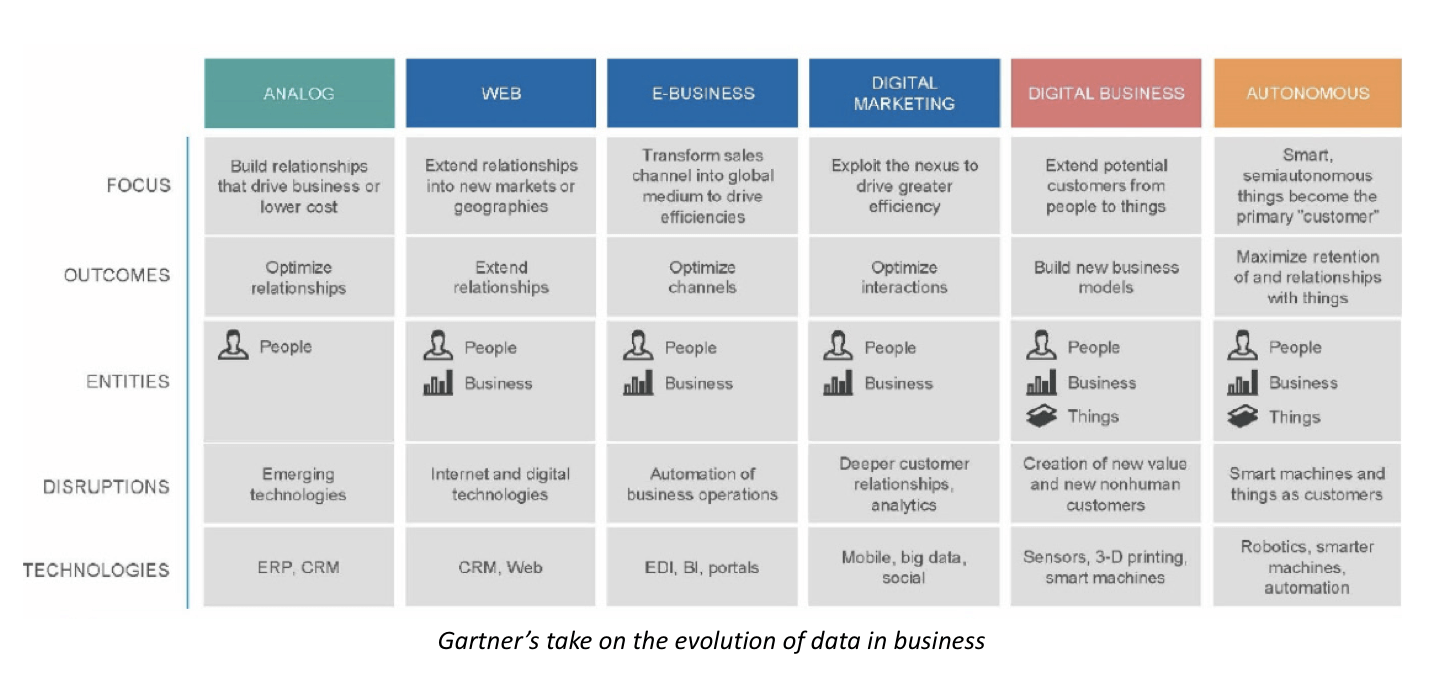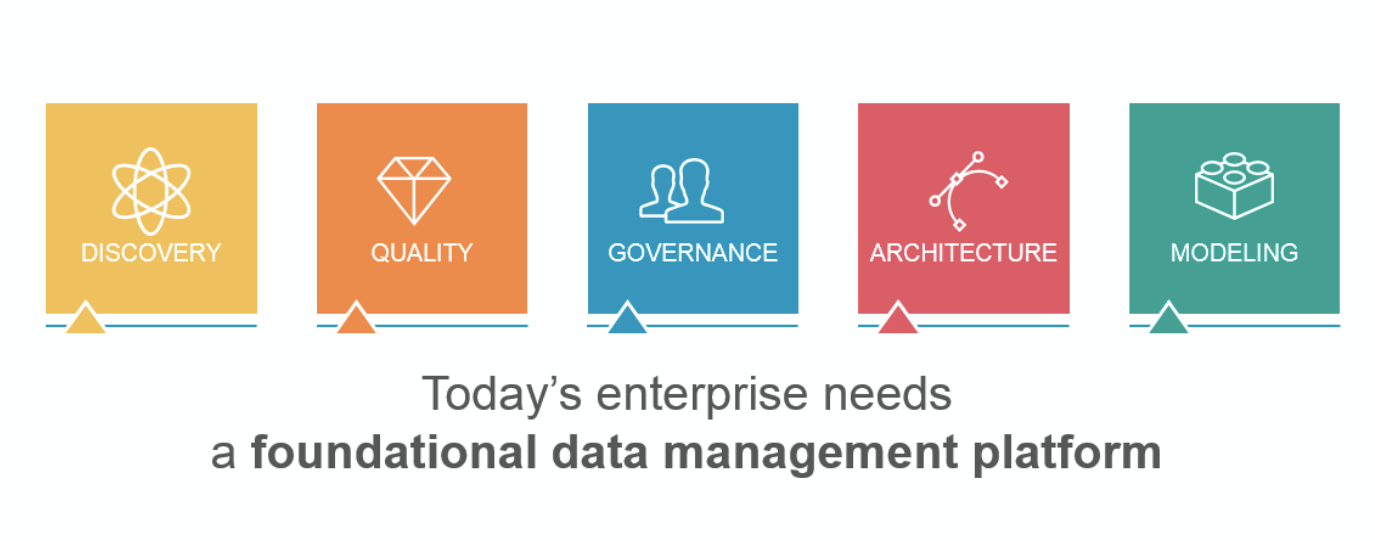In light of data’s prominence in modern business, organizations need to ensure they have a strong data foundation in place.
The ascent of data’s value has been as steep as it is staggering. In 2016, it was suggested that more data would be created in 2017 than in the previous 5000 years of humanity.
But what’s even more shocking is that the peak still not may not even be in sight.
To put its value into context, the five most valuable businesses in the world all deal in data (Alphabet/Google, Amazon, Apple, Facebook and Microsoft). It’s even overtaken oil as the world’s most valuable resource.
Yet, even with data’s value being as high as it is, there’s still a long way to go. Many businesses are still getting to grips with data storage, management and analysis.
Fortune 1000 companies, for example, could earn another $65 million in net income, with access to just 10 percent more of their data (from Data-Driven Business Transformation 2017).
We’re already witnessing the beginnings of this increased potential across various industries. Data-driven businesses such as Airbnb, Uber and Netflix are all dominating, disrupting and revolutionizing their respective sectors.
Interestingly, although they provide very different services for the consumer, the organizations themselves all identify as data companies. This simple change in perception and outlook stresses the importance of data to their business models. For them, data analysis isn’t just an arm of the business… It’s the core.
The dominating data-driven businesses use data to influence almost everything. How decisions are made, how processes could be improved, and where the business should focus its innovation efforts.
However, simply establishing that your business could (and should) be getting more out of data, doesn’t necessarily mean you’re ready to reap the rewards.
In fact, a pre-emptive dive into a data strategy could in fact, slow your digital transformation efforts down. Hurried software investments in response to disruption can lead to teething problems in your strategy’s adoption, and shelfware, wasting time and money.
Additionally, oversights in the strategy’s implementation will stifle the very potential effectiveness you’re hoping to benefit from.
Therefore, when deciding to bolster your data efforts, a great place to start is to consider the ‘three Vs’.
The three Vs
The three Vs of data are volume, variety and velocity. Volume references the amount of data; variety, its different sources; and velocity, the speed in which it must be processed.
When you’re ready to start focusing on the business outcomes that you hope data will provide, you can also stretch those three Vs, to five. The five Vs include the aforementioned, and also acknowledge veracity (confidence in the data’s accuracy) and value, but for now we’ll stick to three.
As discussed, the total amount of data in the world is staggering. But the total data available to any one business can be huge in its own right (depending on the extent of your data strategy).
Unsurprisingly, vast volumes of data are sourced from a vast amount of potential sources. It takes dedicated tools to be processed. Even then, the sources are often disparate, and very unlikely to offer worthwhile insight in a vacuum.
This is why it’s so important to have an assured data foundation upon which to build a data platform on.
A solid data foundation
The Any2 approach is a strategy for housing, sorting and analysing data that aims to be that very foundation on which you build your data strategy.
Shorthand for Any Data, Anywhere, Any2 can help clean up the disparate noise, and let businesses drill down on, and effectively analyze the data in order to yield more reliable and informative results.
It’s especially important today, as data sources are becoming increasingly unstructured, and so more difficult to manage.
Big data for example, can consist of click stream data, Internet of Things data, machine data and social media data. The sources need to be rationalized and correlated so they can be analyzed more effectively.
When it comes to actioning an Any2 approach, a fluid relationship between the various data initiative involved is essential. Those being, Data Modeling, Enterprise Architecture, Business Process, and Data Governance.
It also requires collaboration, both in between the aforementioned initiatives, and with the wider business to ensure everybody is working towards the same goal.
With a solid data foundation platform in place, your business can really begin to start realizing data’s potential for itself. You also ensure you’re not left behind as new disruptors enter the market, and your competition continues to evolve.
For more data advice and best practices, follow us on Twitter, and LinkedIn to stay up to date with the blog.
For a deeper dive into best practices for data, its benefits, and its applications, get the FREE whitepaper below.










